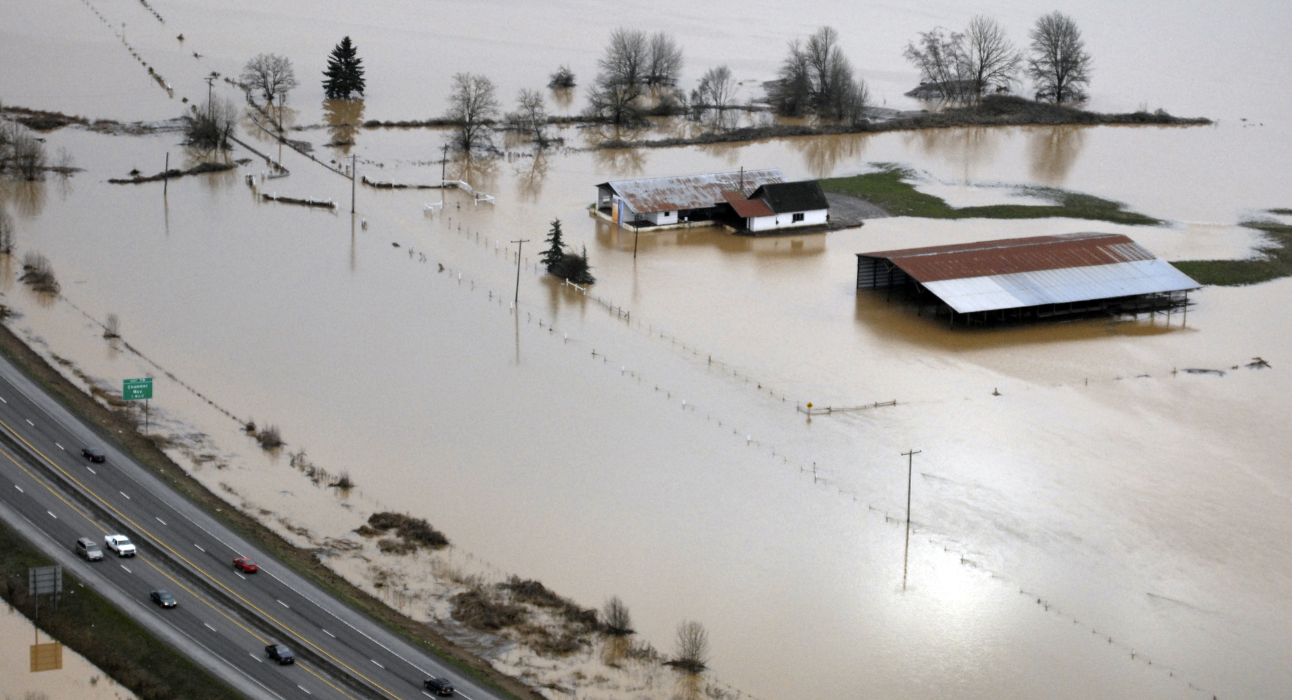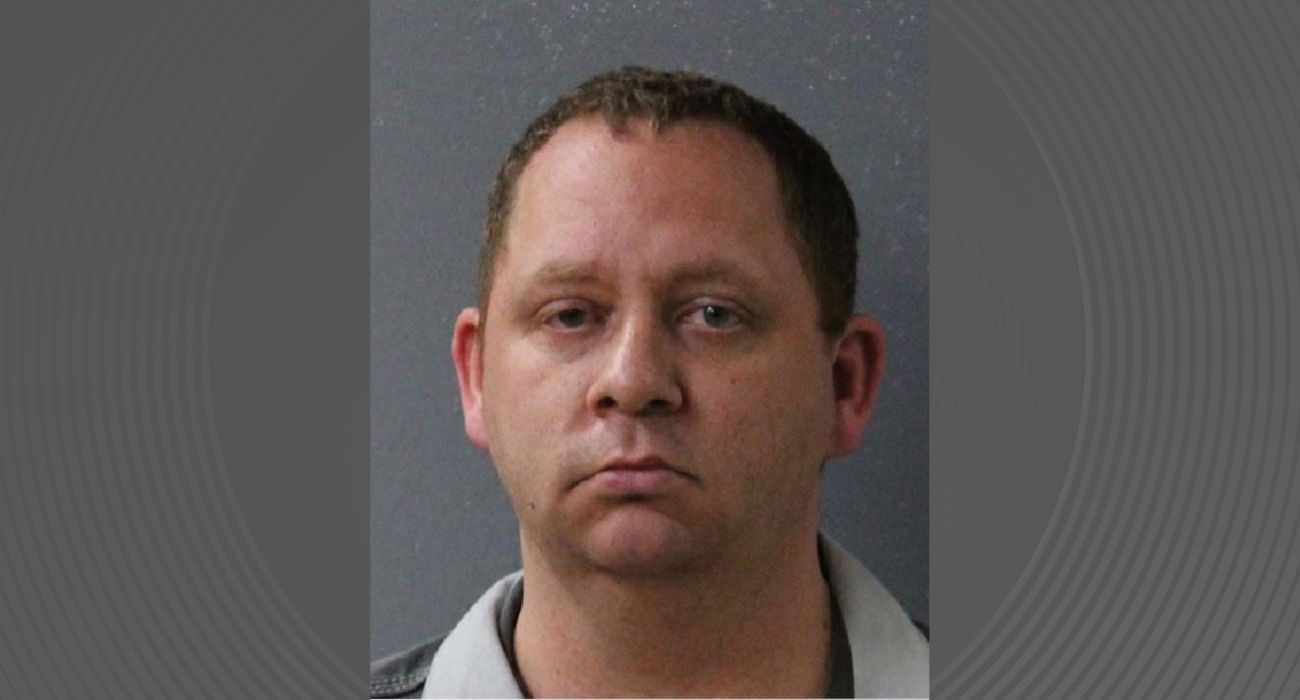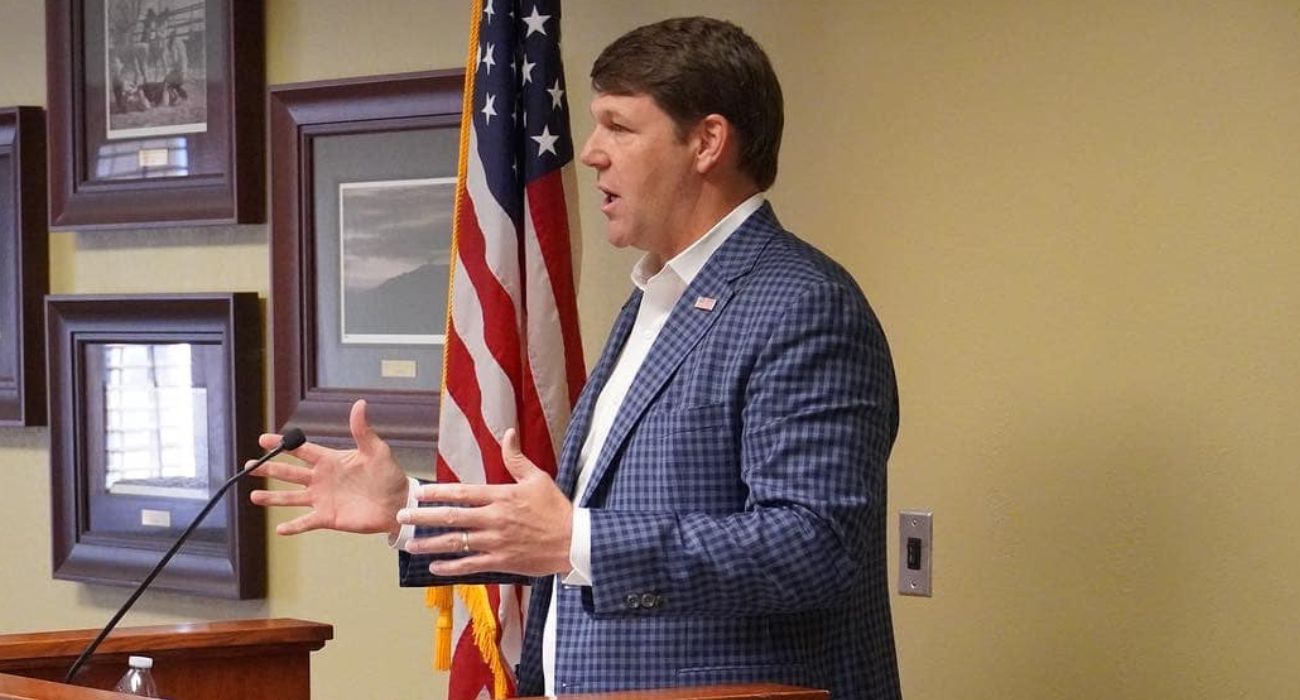Nearly 6 million Texans, roughly 20% of the state’s population, reside in regions prone to flooding, according to recent research.
The Texas Water Development Board (TWDB) recently conducted an analysis of the 15 regional flood plans across the state as part of an effort to establish a statewide plan to manage the risk of floods.
Each of the regions represents one of the state’s major watersheds. For instance, Dallas-Fort Worth is in Region 3, the Trinity Flood Planning Region, which spans over 17,900 square miles and has a population of roughly 7.85 million.
Because of rising sea levels, coastlines like those in Texas have become more vulnerable to storm surges.
A report by the University of Texas Bureau of Economic Geology conducted for the Texas General Land Office in 2021 found that the Texas coastline receded an average of 4 feet annually between 2000 and 2019, according to the Texas Tribune.
Yet the threat of rising waters extends beyond the coast, with flash floods being the leading natural disaster threat in Central Texas.
Moreover, hurricanes are expected to increase in strength in the coming decades, as previously reported in The Dallas Express.
When Hurricane Harvey struck Texas in 2017, the amount of rainfall in Houston — nearly 50 inches — broke the record for the most rain seen in a single storm within the continental U.S., according to the Texas Tribune.
It was this storm that prompted lawmakers to mandate the formation of a statewide plan to mitigate the risk of flood in Texas in 2019.
Yet, as explained by the TWDB’s director of flood planning Reem Zoun, the first step to prevent flooding in Texas is to identify which areas are most at risk, according to the Texas Tribune.
The data compiled from each regional flood planning authority in the latest analysis showed that over 2.4 million Texans inhabit areas with a yearly 1% flood probability. This is referred to as the 100-year floodplain and encompasses about 56,000 square miles or one-fifth of Texas.
Another 3.5 million Texans live in what is termed the 500-year floodplain. Areas falling under this category have a 0.2% chance of flooding each year.
In Region 3, 444,800 people live in the 500-year floodplain, while 241,500 reside in the 100-year floodplain.
The report deemed Harris County and Galveston in the San Jacinto region, with almost 2.5 million people living in a 100- or 500-year floodplain, the most vulnerable to flood risk. The Lower Rio Grande region followed with approximately 1 million people at risk.
Measures to defend Texans and properties from floods are anticipated to cost the state billions.
The initial projects proposed in the plan amount to $38 billion, including a colossal coastal barrier known as the Ike Dike in Galveston Bay.
As covered in The Dallas Express, the barrier would include 37 floodgates capable of blocking a storm surge of up to 22 feet and is set to be one of the most significant projects ever undertaken by the U.S. Army Corps of Engineers.
Currently, the TWDB, which acts like a water infrastructure bank, does not have enough money to support all the flood prevention projects.
But once it has finalized a statewide flood plan, projects included therein can access the $625 million allotment recently passed by the Texas Legislature.
Known as the Flood Infrastructure Fund, taxpayer dollars disbursed as grants and loans will fund qualifying projects that aim to control and mitigate the risk of floods.
“Getting this program up and running is a really big deal,” explained TWDB Chair Brooke Paup, according to the Texas Chronicle. “I know it’ll truly go so far to save lives and people’s homes.”






